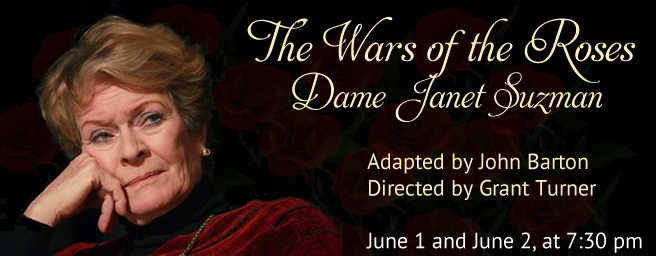

Paola Dionisotti’s Winchester is superb, totally understated, this Bishop is creepy I would have liked a slightly greater vocal power so that I missed nothing from this highly accomplished actor. Richard Cant as Gloucester combines dignity, honesty and passion, creating another character we deeply care about. Oliver Alvin-Wilson creates a threatening York. Minnie Gale as Queen Margaret holds her own in Rebellion but magnificently comes into her own in Roses, a villain we love to hate. Mark Quartly as Henry VI holds our attention he is surrounded by powerful characters, but we empathise with him all the way. The total effect is marvellous – engrossing and informative. Finely tuned use of video, the ‘rising of the dead’, a terrific score, give the production a breath-taking contemporary edge and spiritual and political dimensions too. The power lies in the acting and the language. With his team, he reveals this story in all its glory and gore with great clarity. Not cheap thrills, but the excitement we go to theatre for.ĭirector Owen Horsley has cottoned on to this. They may be pageant-like to an extent, but he brilliantly ties up the machinations in characters they may frequently lack psychological depth (psychological depth will be developed by Shakespeare and others as time moves along), but they are thrilling spectacles. Shakespeare writes these history plays because his audiences thrill to them. It is true that Shakespeare is developing his writing skills, but he has much experience as a performer, he knows the business, and he has excellent writing role models around him. These are early Shakespeare plays, and frequently seen as early and a bit clanky. It is a scene with swagger, beautifully written and performed. The power of brilliant language, a dramatically conceived scene, psychological violence, and roles the actors (Minnie Gale and Oliver Alvin-Wilson) can delight in thrilling us in the audience. This scene encompasses all that is best, and clearly on show, in these two plays.

There is a scene leading into the interval in War of the Roses in which the furious Queen Margaret taunts the captured York, in part threatening him with a sword, in part using a paper crown (previously worn by York’s murdered child, Rutland), and in part by blowing her nose on a handkerchief stained with murdered Rutland’s blood.


 0 kommentar(er)
0 kommentar(er)
